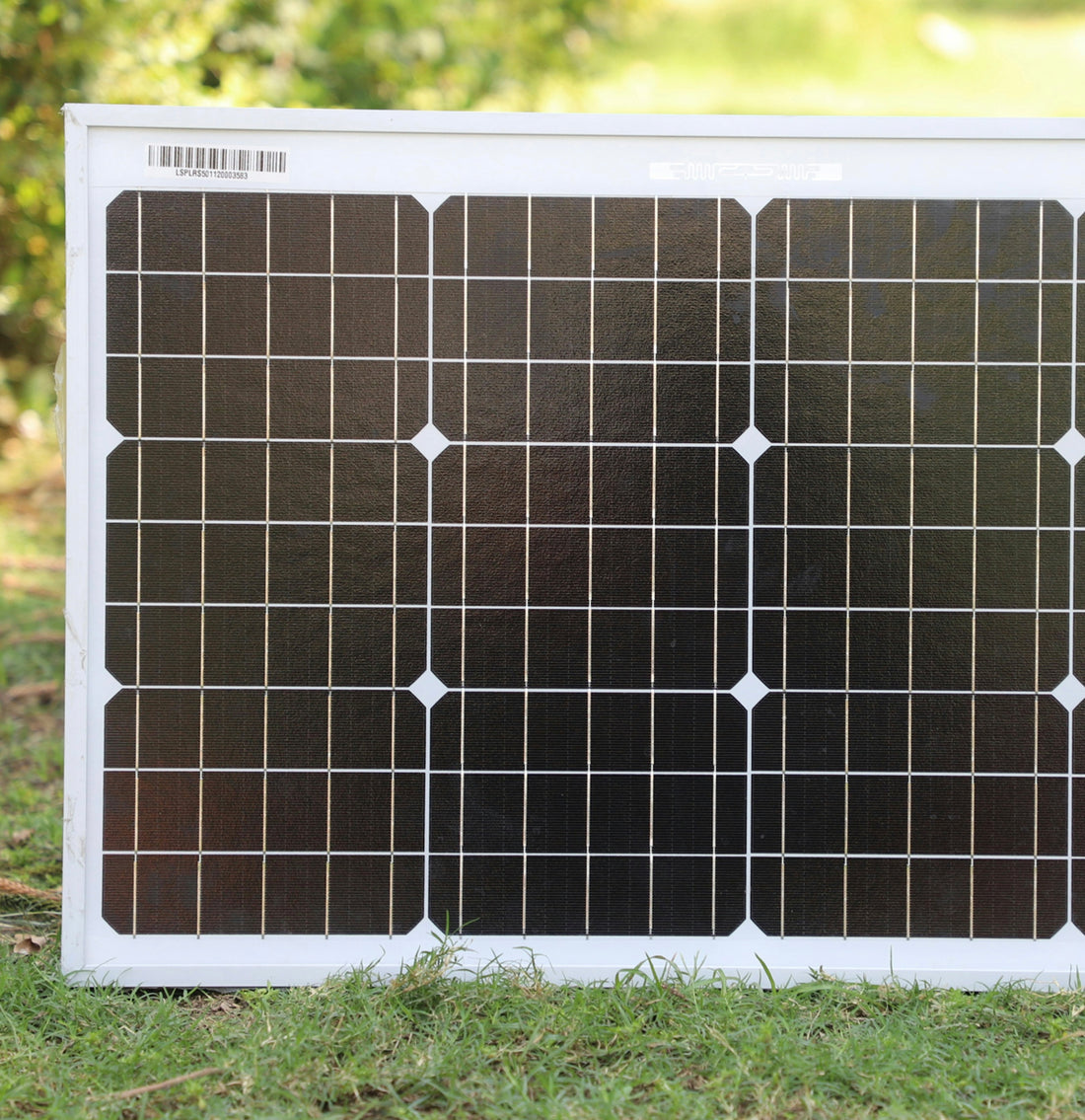Designing a solar panel system is a multifaceted process that requires careful consideration of various factors to ensure optimal performance and efficiency. From solar panel efficiency to battery storage, inverter sizing, and charge controller capacity, each component plays a crucial role in the overall functionality of the system. By addressing these factors comprehensively, homeowners can harness the full potential of solar energy to meet their electricity needs sustainably and reliably. Here is how to go about it in four easy steps.
Step 1. Consider Solar Panel Efficiency:
Solar panel efficiency is a fundamental aspect that directly impacts the overall performance of a solar panel system. Efficiency refers to the percentage of sunlight that solar panels can convert into electricity. Typically ranging from 15% to 22%, higher efficiency panels can generate more electricity with the same amount of sunlight compared to lower efficiency panels. When estimating the number of solar panels required for a system, it's essential to factor in this efficiency to accurately size the system. By considering the efficiency rating of the panels, homeowners can ensure that their solar energy system meets their energy needs efficiently.
Step 2. Account for Battery Storage:
While daylight hours provide ample sunlight for solar panel operation, it's equally crucial to consider energy storage requirements for periods of low sunlight or at night. Battery storage systems play a vital role in storing excess energy generated by solar panels during the day for use when sunlight is unavailable. When sizing a battery storage system, factors such as household energy consumption patterns, desired backup capacity, and autonomy should be taken into account. By accurately accounting for battery storage needs, homeowners can ensure uninterrupted power supply even during adverse weather conditions or grid outages.
Step 3. Size the Inverter Appropriately:
The choice of inverter capacity is critical for the efficient operation of a solar panel system. The inverter converts the direct current (DC) electricity generated by solar panels into alternating current (AC) electricity used in homes and businesses. In the scenario where 10,000W panels are used, it's essential to ensure that the inverter capacity matches or exceeds this value to avoid undersizing. Undersized inverters can lead to reduced system performance and potential damage to the inverter. Additionally, considering future expansion when selecting an inverter ensures that the system can accommodate additional solar panels or increased energy demands over time.
Step 4. Optimizing Charge Controller Capacity:
Charge controllers regulate the flow of electricity from solar panels to batteries, preventing overcharging and ensuring optimal battery performance and longevity. For larger solar panel arrays, such as those requiring 10,000W panels, a higher capacity charge controller is necessary to handle the increased power output. Oversizing the charge controller ensures that it can efficiently manage the flow of electricity and prevent overloading, which can lead to system malfunctions or damage. By selecting a charge controller with adequate capacity, homeowners can optimize the performance and reliability of their solar panel system.
